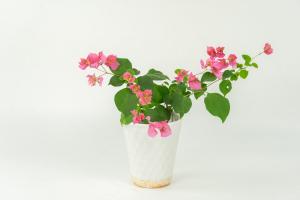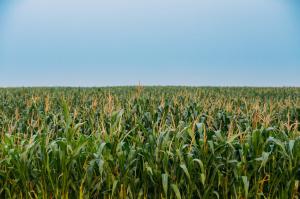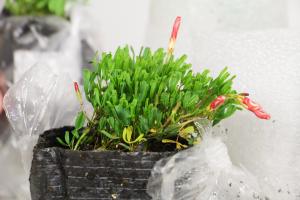Introduction
Pepper plants are a popular choice for growing in gardens and indoor spaces. However, sometimes pepper plants can present problems, such as curling leaves. This article will explore the potential reasons why pepper plant leaves may curl and provide solutions based on scientific research and gardening practices.
Possible causes for curling leaves
There are several reasons why pepper plant leaves may start to curl. These include:
Environmental stress: High temperatures, low humidity, and insufficient water can stress the plant and cause its leaves to curl.
Pests and diseases: Infestations by mites, aphids, and other pests, as well as fungal diseases, can cause both yellowing and curling of the leaves.
Nutrient deficiencies: Lack of essential nutrients, such as nitrogen, calcium, and magnesium, can result in leaf curling.
Environmental stress
Pepper plants require an optimal temperature range of 68掳F to 82掳F to grow properly. Temperatures outside this range can cause stress, particularly if temperatures soar over 90掳F. In such environments, the plant may lose water and nutrients, which can contribute to leaf curling.
The lack of moisture in the soil and air can also stress the plant, causing leaf curling. To prevent this, water your plants consistently and provide humidity by placing a tray of water near the plants or using a humidifier.
Pests and diseases
Several pests and diseases can affect pepper plants, causing yellowing and curling of the leaves. Spider mites, for example, are tiny arachnids that suck the sap from the leaves, causing them to yellow and curl. Aphids feed on the plant's sap and can also transmit viruses, resulting in curled and distorted leaves. Fungal diseases, such as powdery mildew, can cause yellowing, wrinkling, and curling of the leaves.
To prevent pest infestations, regularly inspect your plants and remove any infected parts. You can also use natural pest control methods, such as insecticidal soaps or neem oil, to prevent further spread. Fungal diseases can be treated with organic fungicides or removed from the plant through pruning.
Nutrient deficiencies
Pepper plants require various nutrients to grow and produce healthy leaves, such as nitrogen, calcium, and magnesium. Lack of these nutrients can cause the leaves to curl, turn yellow or brown, or develop spots. To avoid nutrient deficiencies, it is essential to maintain a balanced fertilizer regimen throughout the plant's growth cycle.
Organic fertilizers are recommended, as they release nutrients slowly and provide beneficial microorganisms to the soil. You can also add calcium and magnesium supplements to the soil or spray the leaves with a foliar feed.
Conclusion
Pepper plant leaves are prone to curling due to various factors, including environmental stress, pests and diseases, and nutrient deficiencies. By monitoring your plants closely and providing consistent care, you can prevent these issues and promote healthy growth. Remember to regularly water your pepper plants, maintain a balanced fertilizer schedule, and employ natural pest control methods to keep your plants healthy and vibrant.

 how many times do yo...
how many times do yo... how many planted tre...
how many planted tre... how many pine trees ...
how many pine trees ... how many pecan trees...
how many pecan trees... how many plants comp...
how many plants comp... how many plants can ...
how many plants can ... how many plants and ...
how many plants and ... how many pepper plan...
how many pepper plan...































